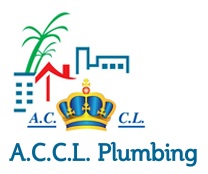As the world grapples with water scarcity, greywater systems have emerged as a viable solution for conserving this precious resource. Greywater is the wastewater generated from sinks, showers, washing machines, and other household activities, excluding toilet wastewater. By reusing greywater for irrigation, flushing toilets, and other non-potable purposes, households can significantly reduce their water consumption.
Benefits of Greywater Systems
1. Water conservation: Greywater systems can save up to 50% of a household’s water usage.
2. Reduced water bills: By reusing greywater, households can lower their water bills and save money.
3. Environmental benefits: Greywater systems reduce the amount of wastewater sent to treatment plants, decreasing the energy required to treat wastewater.
4. Sustainable irrigation: Greywater can be used for irrigation, reducing the need for potable water.
How Greywater Systems Work
1. Collection: Greywater is collected from sinks, showers, and washing machines.
2. Treatment: Greywater may undergo treatment, such as filtration or disinfection, depending on the intended use.
3. Storage: Treated greywater is stored in tanks for later use.
4. Distribution: Greywater is distributed to toilets, irrigation systems, or other non-potable applications.
Types of Greywater Systems
1. Simple systems: Gravity-fed systems that reuse greywater for irrigation.
2. Complex systems: Systems that require pumps, filters, and treatment units for reuse in toilets and other applications.
Implementation and Maintenance
1. Consult professionals: Hire experienced professionals to design and install greywater systems.
2. Regular maintenance: Regularly inspect and maintain the system to ensure optimal performance.
3. Water quality monitoring: Monitor water quality to ensure safe reuse.
By adopting greywater systems, households can contribute to water conservation efforts, reduce their water bills, and promote sustainable living.

